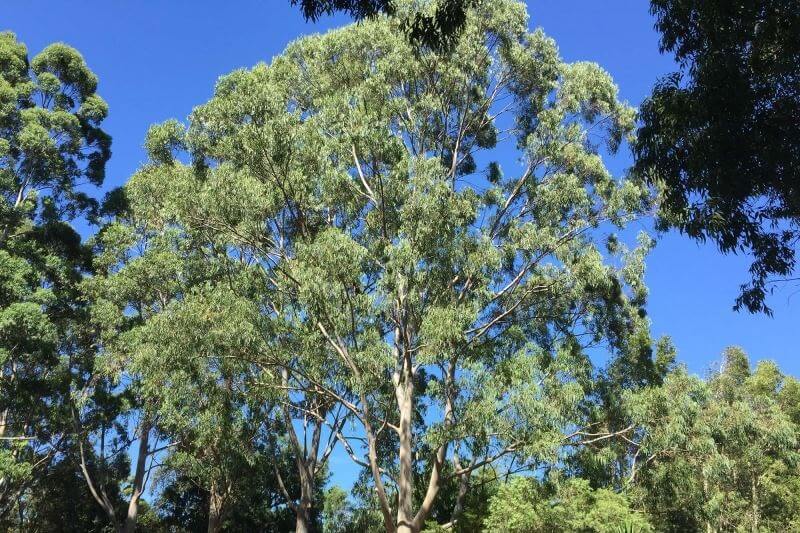Call Us
Get the essential guide to the 5 most common trees in the Hills District from Nazscapes. Learn identification tips and expert care advice to keep your trees healthy and vibrant.

Welcome to another Nazscapes blog post! Today, we are excited to share with you the 5 most common trees you’ll find in the Hills District and tips on how to take care of them. Understanding the types of trees that thrive in your local area can greatly benefit your landscaping and gardening projects.
The Sydney Blue Gum is an iconic Australian tree that can grow up to 65 meters in height. This tree is not only visually striking but also serves as a habitat for various native species.
This hardy evergreen can grow up to 40 meters and is known for its versatile timber.
Another Eucalyptus variety, the Blackbutt is a common sight and is often used for timber production.
This tree gets its name from the 'scribbles' left by moth larvae on the bark. It’s an interesting addition to any garden or landscape.
This unique tree has red-tinged sap and is a favorite among local birds.
Knowing the types of trees in your local area is the first step to becoming a responsible tree owner. We hope this guide will serve as a helpful resource for anyone looking to add a new tree to their property or simply wishing to take better care of the trees they already have.
For professional advice or tree services in the Hills District, don’t hesitate to contact Nazscapes. We’re here to help!